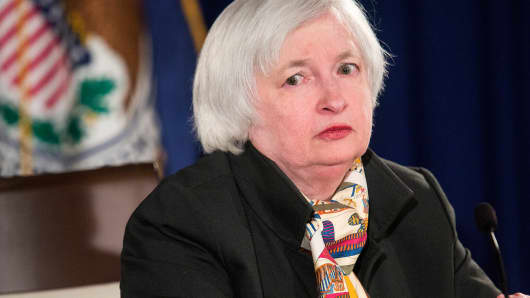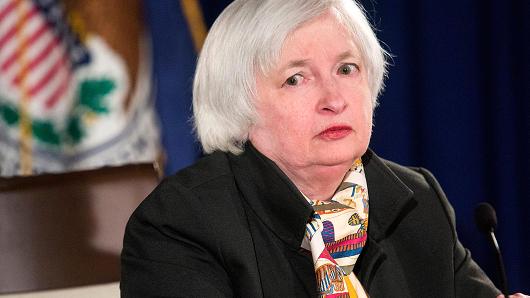In a rather frank admission of befuddlement, Fed chairperson, Janet Yellen, stated that this year’s slowdown in inflation is a “mysteryâ€. For more than five years, the Yellen & Co. have forecasted that inflation would reach the 2% target over the ‘medium†term. So, when that target actually slips further away, the Fed, initially, argued that the fall off in the rate was due to “transitory†factors, i.e. special one-off situations that result in costs actually falling. Now, that the transitory factors have come and gone, The Fed freely admit that low-inflation is a mystery.

Mystery readers will tell you that there are always clues to solving the mystery. And, in this instance, many clues abound. Some are a long time in the making, others are the result of more current conditions. Let’s look at some of these clues:
- A 30- year decline in the inflation rate and in long-term bond yields; the past is certainly prologued in this instance; this steady drumbeat of falling long-term rates signifies that inflationary expectations have been permanently lowered;
- The rise of China and other Asian countries have introduced lower labor costs for all manufactured products; in other words, the world’s labor supply curve has shifted to the right, meaning there is more labor available at existing wages, thus putting a damper on wage costs;
- Economic growth in all the mature economies has been moderate, certainly not at any pace that would generate inflation;
- The falloff in the U.S. unemployment rate is related, in large measure, to demographic shifts in the labor market, particularly the decline in the participation rate; with the growth in the workforce slowing, it is easy to understand why the unemployment rate has fallen to what many consider full employment;
- Finally, commodity prices, although they have recovered from their lows in the 2008 crisis, do not pose any threat to push up the inflation rates.

